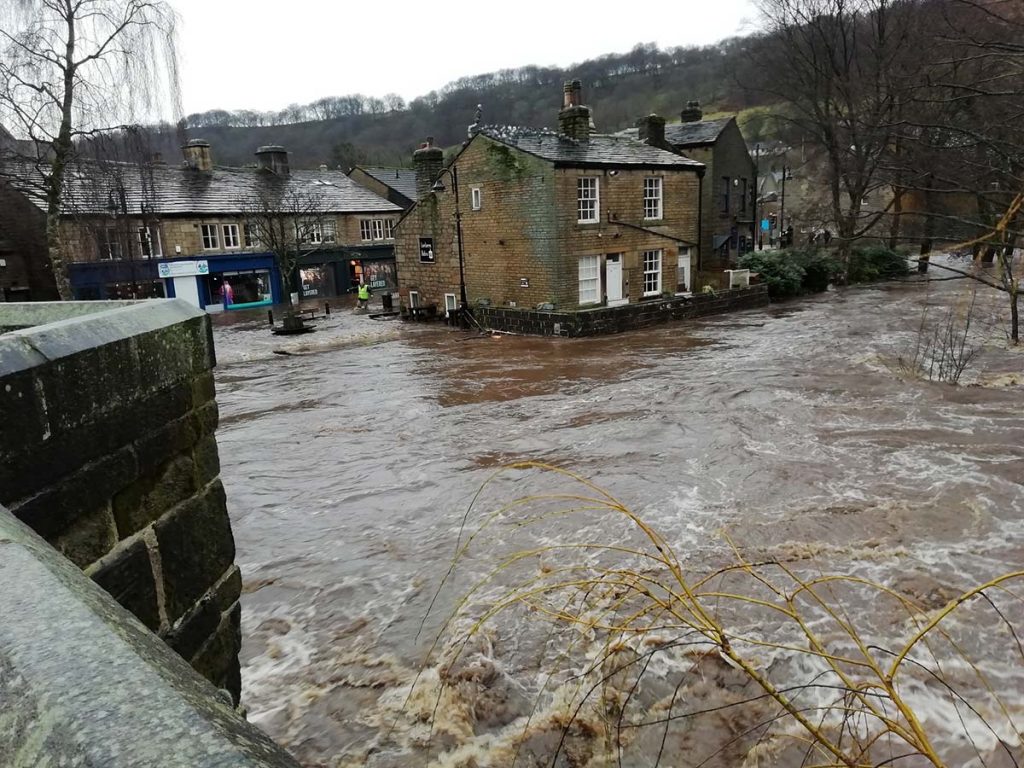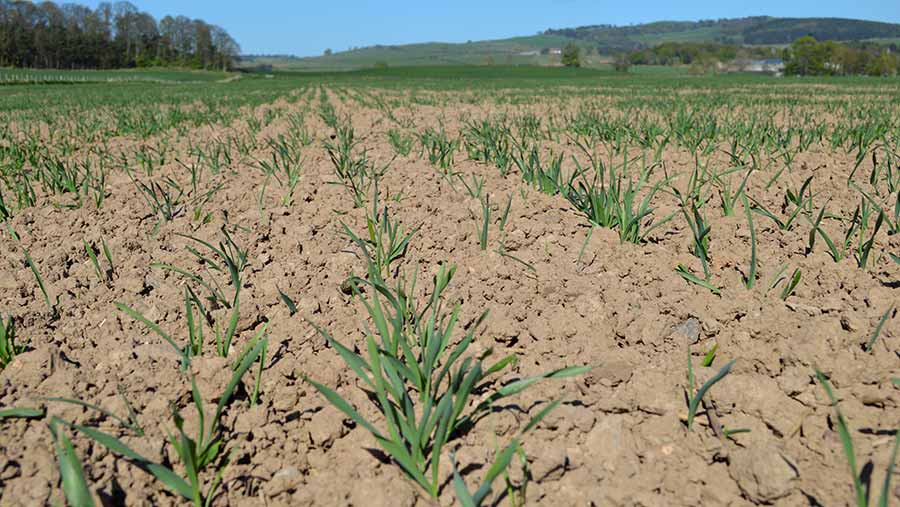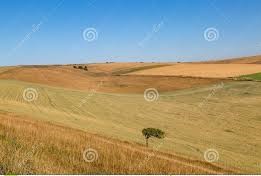2020 has been one of the hottest three years recorded since reliable record keeping commenced during the latter Victorian period…
The UK’s future rainfall is estimated by the Met Office to increase by +20% or in a worst case climatic scenario up to +30%, with future years increasingly involving periods of intense rainfall. Due to climate change, UK winters have become over the past half century on average 60% wetter. Social changes in attitude to this phenomena during the year have for instance, seen up to 40 residents including a farmer, householders and shop keepers take local action. In the Calder Valley in Yorkshire they have communally become physically involved with the construction of ‘leaky dams’ high up on the neighbouring slopes and woodlands, in order to stem the flow of water following periods of high rainfall. (The Calder Valley was badly affected by flooding during 2019). Conversely, the north-east of Scotland is likely to experience a fall in annual rainfall.

Across Britain, there are 1.8M homes that are at risk from flooding either from rivers and run-off or from the increasing sea level and storm intensity. A total of 85,000 new homes have been built during the past five years on areas that are liable to a high risk flooding. Locally for example, there are advanced planning proposals for new housing developments upon areas of floodplain: these being two on the eastern outskirts of Hailsham adjacent to the Pevensey Levels SSSI, and another at western St.Leonards-On-Sea.
Summers are increasingly becoming hotter and drier but increasingly including torrential rainstorms due to the increased heat, energy and moisture within the atmosphere caused by global warming. There were during this year’s summer, an estimated additional 900 deaths caused during periods of high day and night-time temperatures. By 2070, the Met Office calculates that the average temperature across the UK could be up to 5.1°C higher. The average daily temperature during warm spells could rise from the current 19°C to 25°C, meaning night-time temperatures would seriously affect our sleep patterns leading to some health issues. Much of the UK’s housing stock both new and old is ill-designed to cope with these types of temperatures. Conversely, days of snow cover are likely to become rare by 40 years’ time. It is imperative that we reduce our collective output of climate changing habits!

During 2020, the UK’s wheat crop was down by some 40% due to a wet spring followed by a droughty summer; if sequences of poor harvests were to occur, wheat growing in some areas of England would be unsustainable. During this year, 25,000 acres of semi-natural moor and heath were devastated by wild fires. One burn in Lancashire involving the fire service, police and the landowner United Utilities, cost over an estimated million pounds and caused untold damage to wildlife. This blaze has also caused the area at least for the short-term, to be liable to flash-flooding occurring downhill of the moor.
Contents of this blog largely taken from BBC1’s Panorama programme, Britain’s Wild Weather broadcast on December 7th 2020.

